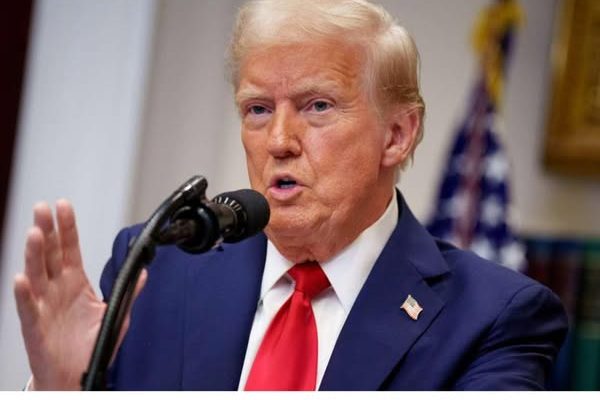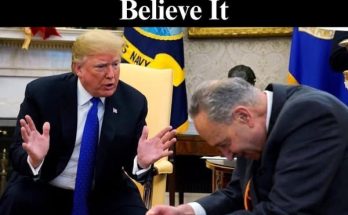During the 90-day tariff pause, Trump warned that countries refusing to make a deal could face serious economic consequences.
Donald Trump recently shared his thoughts on the ongoing tariff situation with several countries, particularly focusing on what might happen if no agreements are reached during a temporary pause.
The trade tensions, especially with China, have been a significant topic in his administration.
Tariff increases prompted strong responses from countries.
On April 9, China announced a drastic move, introducing an 84 percent tariff on goods imported from the United States.
This decision came after Trump had already implemented a 104 percent tariff on Chinese products.

In response, Trump raised the tariffs on Chinese goods to a striking 125 percent, effective immediately.
This back-and-forth between the two nations has created uncertainty in the global market.
Countries received a temporary break from tariffs.
While the situation with China remains tense, other countries affected by tariffs received some relief.
Trump announced a 90-day pause on tariffs for these nations, provided they do not introduce retaliatory tariffs like China.
This pause offers a brief moment of calm, allowing countries to negotiate and strategize without the immediate pressure of increased tariffs.
Despite the temporary relief, Trump clarified that not all tariffs were completely suspended.
He stated that a “substantially lowered Reciprocal Tariff” of 10 percent would still be in effect during this pause.
This means that while the situation is less intense, there are still tariffs that countries must consider.
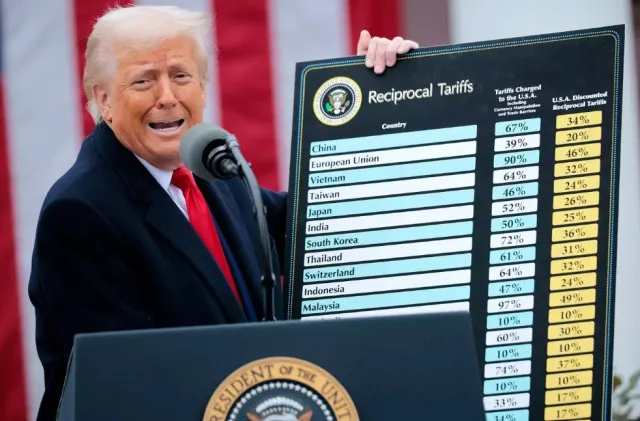
What will happen if countries refuse to make a deal during 90-day tariff pause
During a press conference, Trump addressed what would happen if no trade deal is reached by the end of the 90-day period.
He indicated that if countries do not agree on favorable terms, higher tariffs would be reinstated.
Trump emphasized the need for a deal that benefits both the U.S. and the other countries involved.
If negotiations fail, he suggested, they would revert to previous tariff levels.
Negotiation challenges lie ahead for all parties.
When asked about the possibility of negotiating the 10 percent baseline tariff, Trump explained that it depends on the specific circumstances of each country.
He pointed out that some nations have significant trade surpluses, while others do not.
The trade dynamics are different for each country, which complicates negotiations.
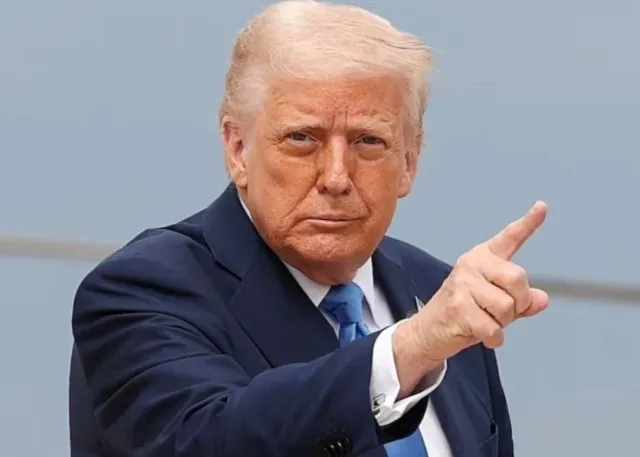
Trump responded: “It depends on what they’re adding. You know, some countries we have massive deficits with or they have big surpluses with us and others it’s not that way.
“So it depends, they’re all different – every country is different, some have certain advantages that others don’t have and certain things.”
He resolved: “We have some that are pretty even, they just hurt us in other ways and we just want to get that taken care of.
China’s trade surplus influences global economic dynamics significantly.
Trump highlighted China’s significant trade surplus, claiming it amounts to a “crazy” trillion dollars.
He noted that while some countries have minimal surpluses, others may have balanced trade with the U.S.
However, he insisted that even countries with balanced trade could still negatively impact the U.S. in other ways.
This complexity is why negotiations are tailored to each country’s situation.
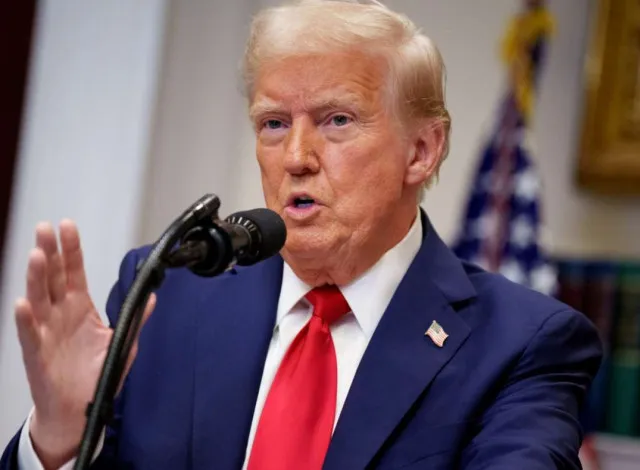
The future of trade relations remains uncertain. Trump’s comments illustrate the intricate nature of international trade and the challenges of negotiating tariffs.
Each country’s unique economic situation requires careful consideration during discussions.
As the 90-day pause progresses, businesses and governments will be watching closely to see how negotiations unfold.
